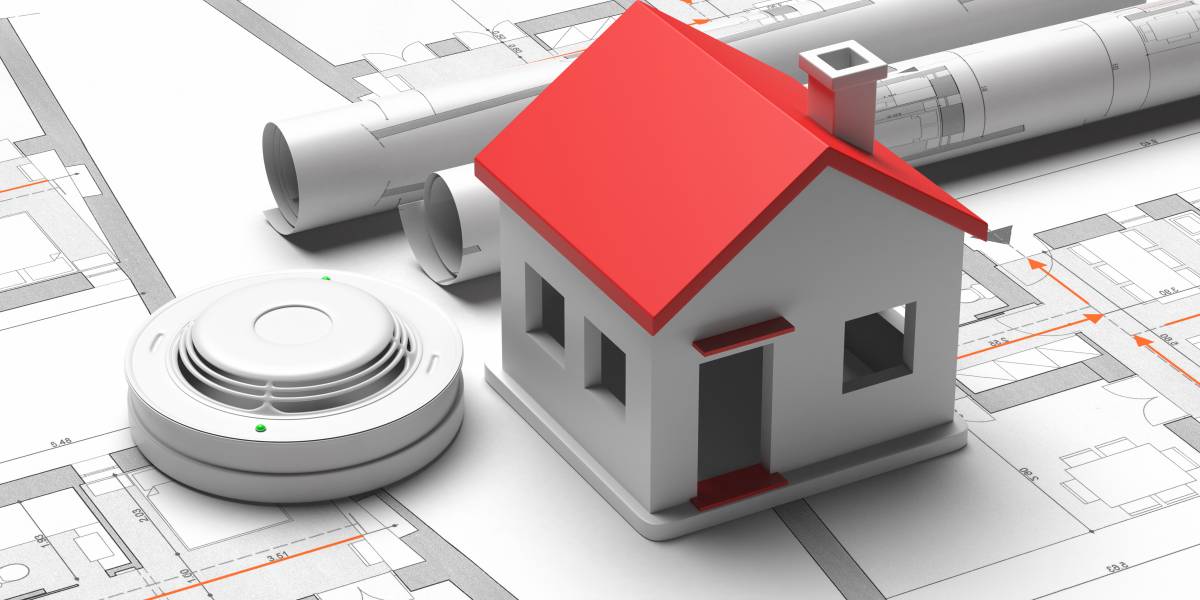The history of water level indicators dates back centuries, with various developments and innovations contributing to the evolution of these devices. Here is an overview of the significant milestones in the history of water level indicators:
- Early Water Level Measurement: In ancient times, simple water level measurement methods were employed, such as using graduated sticks or markings on walls to determine the water level in wells, reservoirs, or other containers.
- Float-Based Water Level Indicators: The concept of using floats to indicate water level can be traced back to ancient civilizations like the Egyptians. Float-based water level indicators involved a buoyant object (float) connected to a measuring scale, showing the water level as the float rose or fell with the water surface.
- The Invention of the Dipstick: The dipstick, a device for measuring liquid levels, has been used for centuries. Its simple design consists of a long rod or stick marked with measurements that can be lowered into a tank or well to gauge the water level.
- Mercury Water Level Gauges: In the 17th century, mercury-based water level gauges were developed, particularly for scientific and engineering applications. Mercury’s high density made it suitable for precise measurement and control of water levels.
- 19th-Century Improvements: During the 19th century, with advances in industrialization, there was a greater demand for accurate water level indicators in various industries. Improved float systems, along with the use of glass tubes and graduated scales, became more common.
- 20th-Century Advancements: The 20th century saw significant advancements in water level indicator technology. Electrical and electronic components started being incorporated into water level control systems, allowing for automation and remote monitoring.
- Ultrasonic Water Level Sensors: In the latter half of the 20th century, ultrasonic technology was adopted for water level measurement. Ultrasonic water level sensors use sound waves to detect the distance between the sensor and the water surface, providing non-contact and highly accurate measurements.
- Digital Water Level Indicators: As digital technology became more widespread, water level indicators transitioned from analog to digital displays. This allowed for easier reading of measurements and integration with other control systems.
- IoT and Remote Monitoring: With the rise of the Internet of Things (IoT) and connectivity, water level indicators have become more sophisticated and capable of remote monitoring. These systems enable real-time data collection and alerts, improving efficiency and preventing potential issues.






